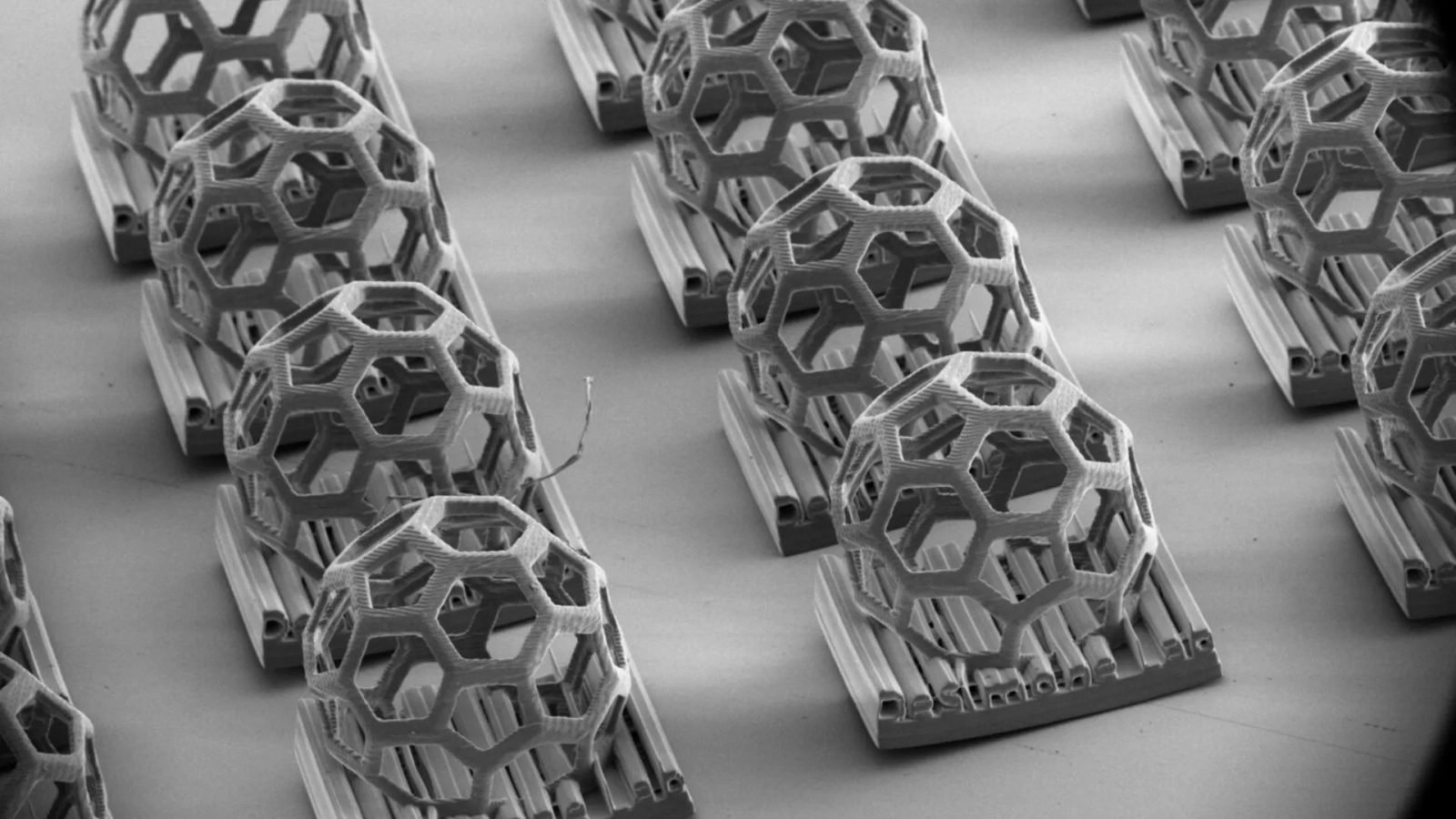Researchers at Stanford University have devised a groundbreaking method for 3D printing that can produce up to one million microscale particles daily, marking a significant advancement in manufacturing technology. These minuscule particles, resembling dust, boast intricate designs and can be tailored to fulfill diverse applications, spanning from microfluidics and vaccine delivery to microelectronics.
While 3D printing has achieved maturity at a macroscopic level, enabling the production of various consumer goods, manufacturing microscopic materials traditionally involves a trade-off between production speed and resolution. However, the team, led by Joseph DeSimone, a Translational Medicine professor at Stanford, has pioneered a scalable approach called continuous liquid interface production (CLIP) to address this challenge.
CLIP utilizes ultraviolet (UV) light to rapidly solidify resin into desired shapes, employing an oxygen-permeable window to prevent resin from adhering while allowing delicate features to be accurately cured onto the particles.
“My lab does translational manufacturing science – we develop tools that enable scale. This is one of the great examples of what that focus has meant for us,” said DeSimone in the press release.
In their recent breakthrough, the researchers implemented a roll-to-roll setup for mass production, where a film containing customizable shapes moves through successive steps such as printing, washing, curing, and shape removal on an assembly line. This roll-to-roll CLIP (r2rCLIP) process enables the printing of a million particles daily, eliminating the laborious and time-consuming task of individually removing printed batches.
“r2rCLIP is a foundational technology. But I do believe that we’re now entering a world focused on 3D products themselves more so than the process,” added DeSimone.
“These processes are becoming clearly valuable and useful. And now the question is: What are the high-value applications?”
DeSimone emphasizes the significance of translational manufacturing science, aiming to develop scalable tools. He sees r2rCLIP as a foundational technology propelling the 3D printing industry beyond mere processes, focusing more on the high-value applications of 3D products themselves. The team has successfully printed items with ceramics and hydrogels, offering potential applications in microelectronics and drug delivery, respectively.
“Using light to fabricate objects without molds opens up a whole new horizon in the particle world,” said DeSimone.
“And we think doing it in a scalable manner leads to opportunities for using these particles to drive the industries of the future. We’re excited about where this can lead and where others can use these ideas to advance their own aspirations.”
By harnessing light to fabricate objects without molds, the researchers envision a vast array of possibilities in particle manufacturing, fostering innovation and driving future industries forward. DeSimone expresses enthusiasm about the potential for others to utilize these concepts to advance their aspirations, heralding a new era of scalable, high-resolution 3D printing technology.

